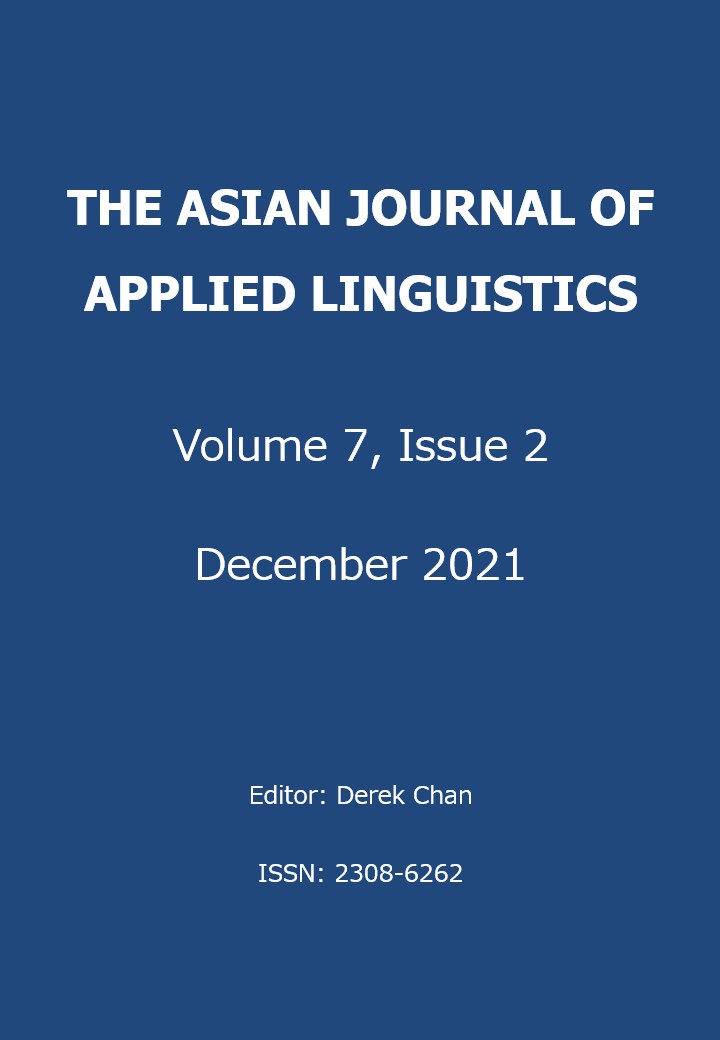The application of guided peer feedback in facilitating L2 writing: Action research with tertiary-level language learners in Bangladesh
Keywords:
peer feedback, L2 writing, collaborative learning, T-S interaction, S-S interactionAbstract
This study is based on action research conducted with 117 students attending their introductory English language courses at two universities in Bangladesh. Peer feedback (PF), an essential part of collaborative learning, is an important alternative mode of assessment and can provide a deeper and clearer understanding of the learners’ aptitude and thus, aid the instructor in facilitating the learners. Not only can the learners benefit in terms of critical thinking while evaluating their peers, but also the peers can improve through the knowledge-sharing process. The objective of this study was to modify the notion of PF among the students as they were found to be producing vague, short, and shallow remarks on their peers’ writing. The study uses the PF comments on peers’ writing collected during the observation stage of an action research project to identify the weaknesses in the participants’ feedback to their peers. Then, it documents the process during which the causes of the weak PF are discovered and addressed, and learners are made more aware of the importance and benefits of PF. Finally, it examines the outcomes of a second round of PF, illustrating the improvement in the quality of the PF and the increased satisfaction of providers and recipients of the PF.
Downloads
Published
Issue
Section
License
Authors who publish with this journal agree to the following terms:
- Authors retain copyright and grant the journal right of first publication.
- Authors are able to enter into separate, additional contractual arrangements for the non-exclusive distribution of the journal's published version of the work (e.g., post it to an institutional repository or publish it in a book), with an acknowledgement of its initial publication in this journal.
Note: Authors are encouraged to post copies of their AJAL published papers to their own institutional or personal/professional websites along with a link to the original paper at the AJAL website. This will assist in diseminating their work as well as raising awareness of the journal.

